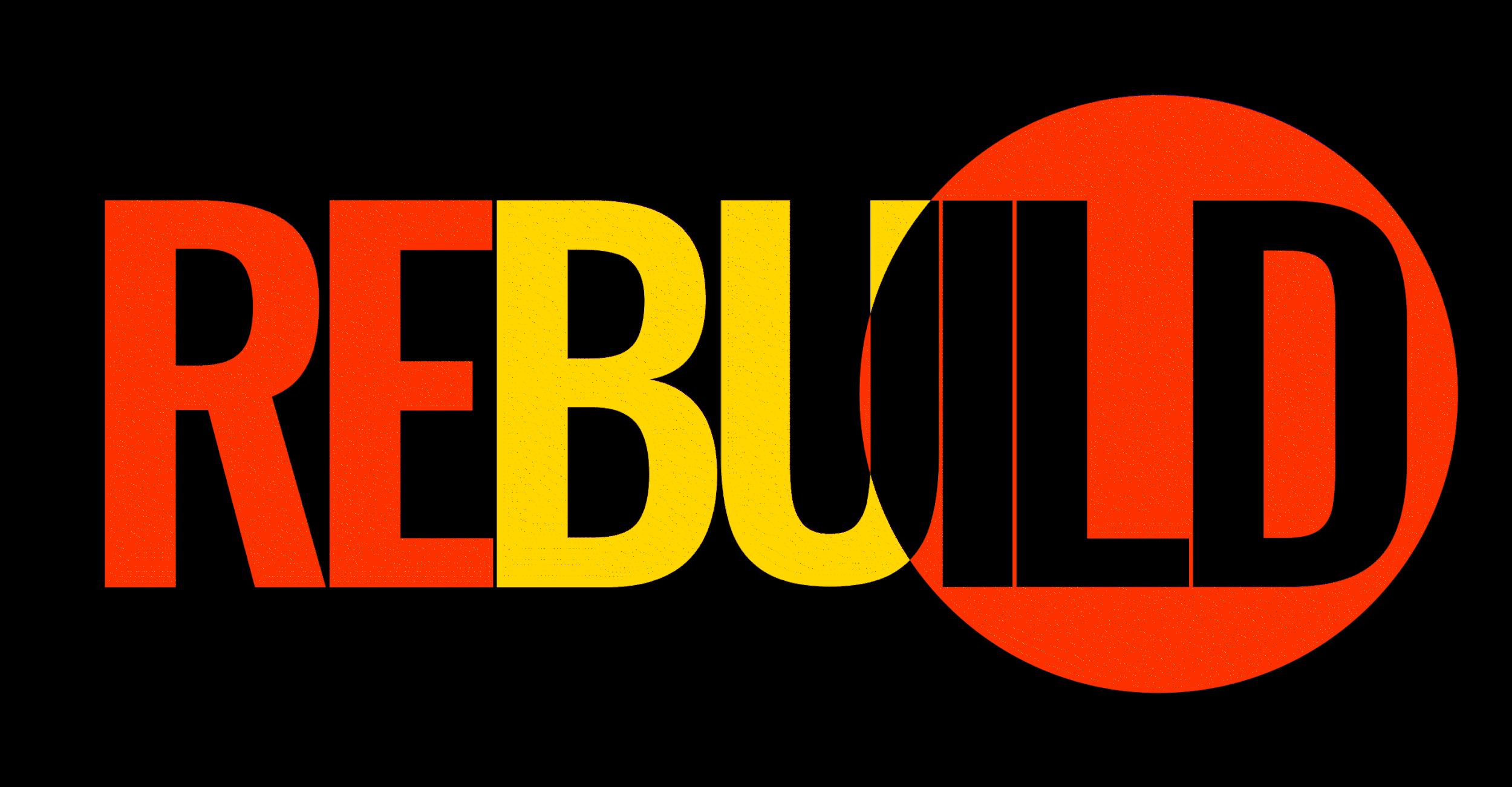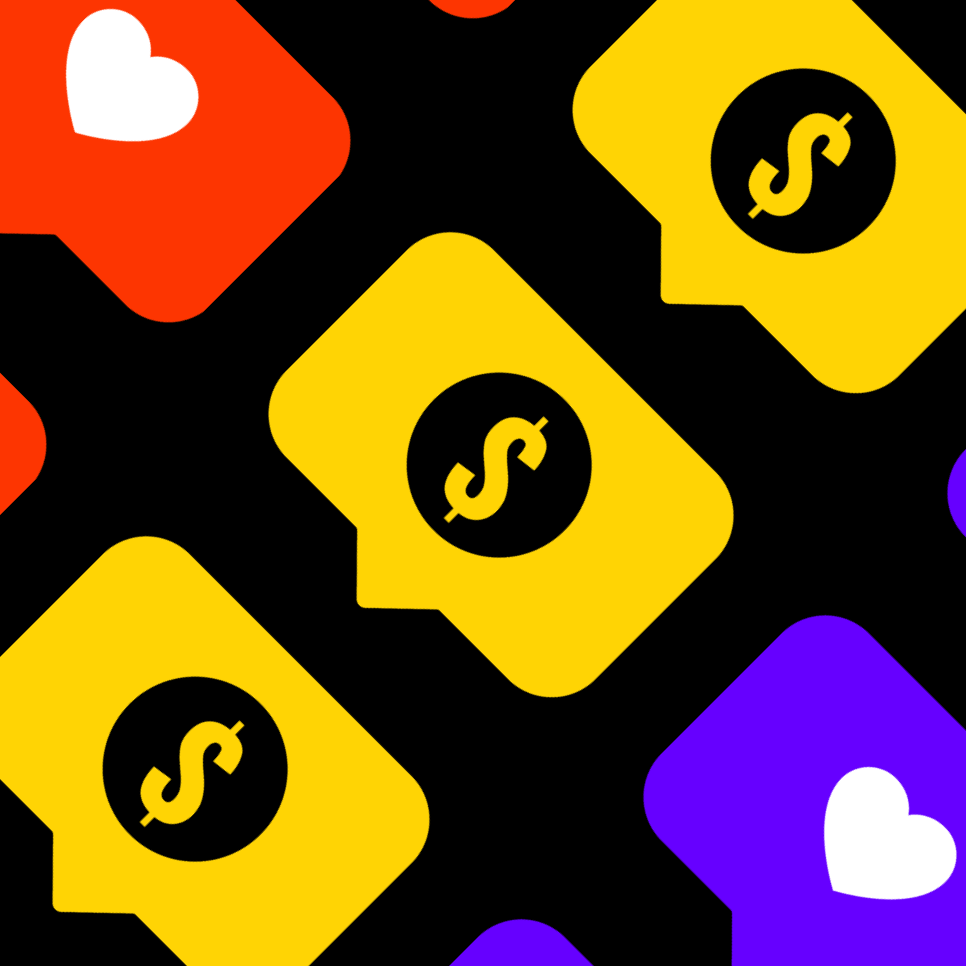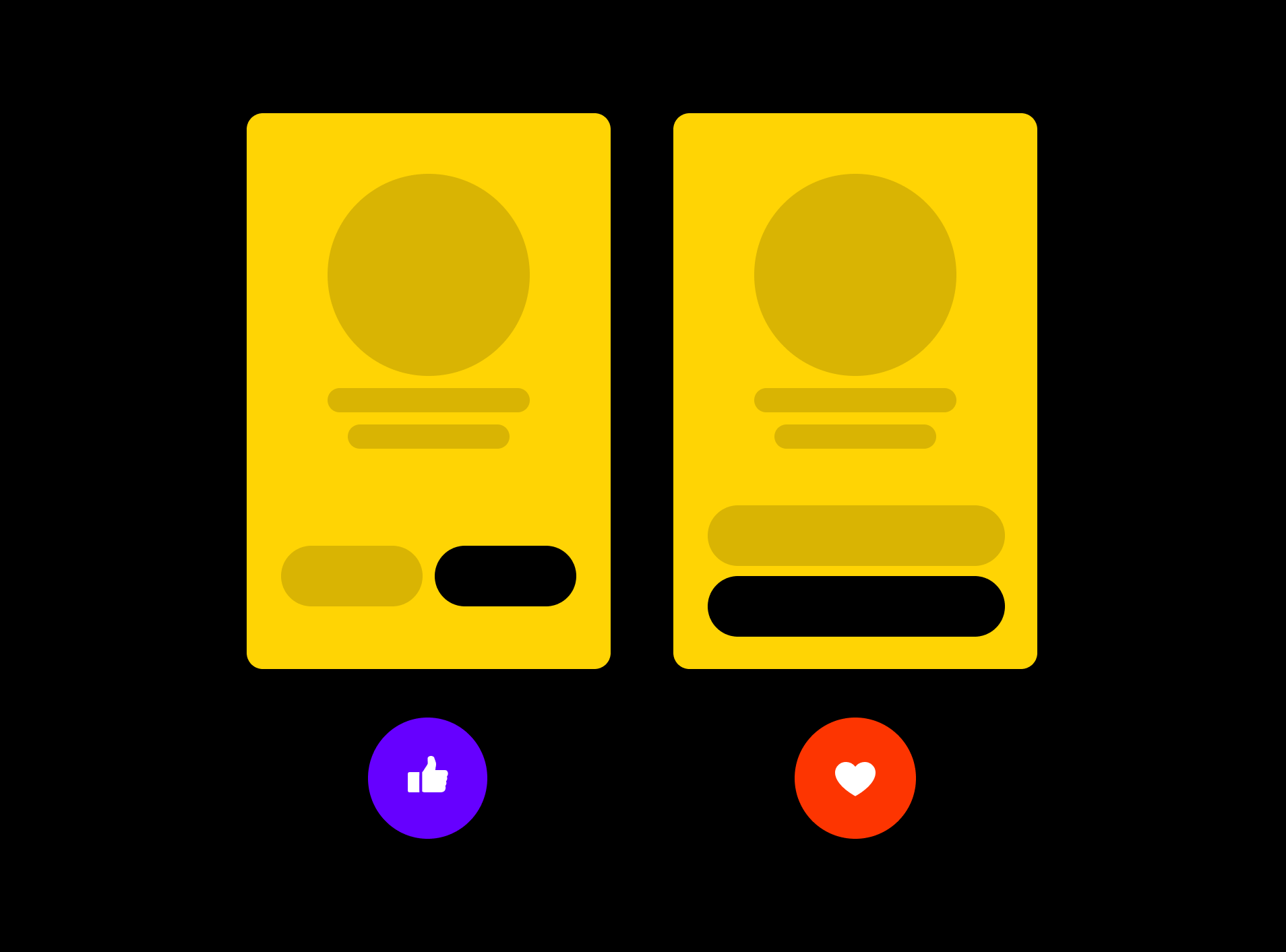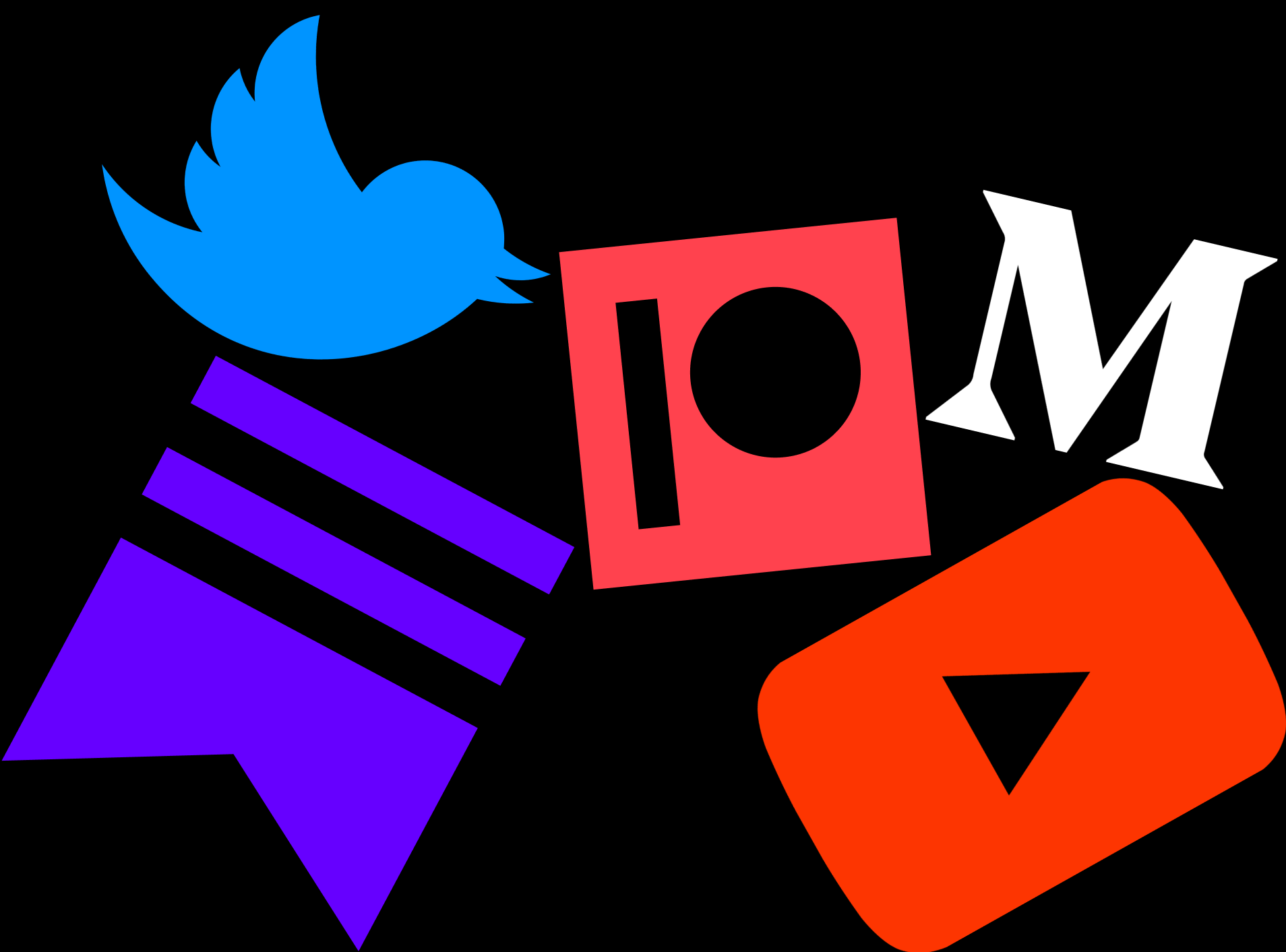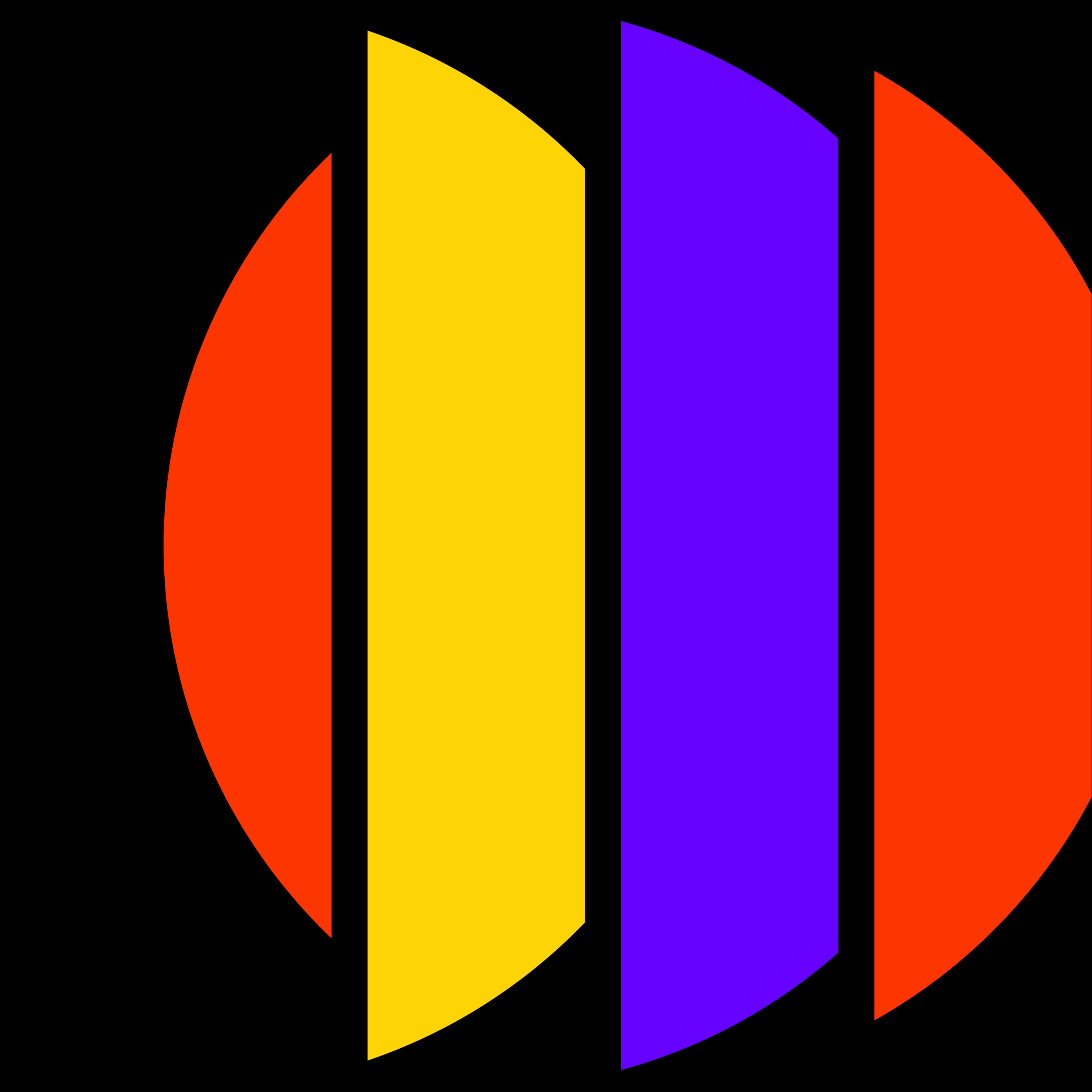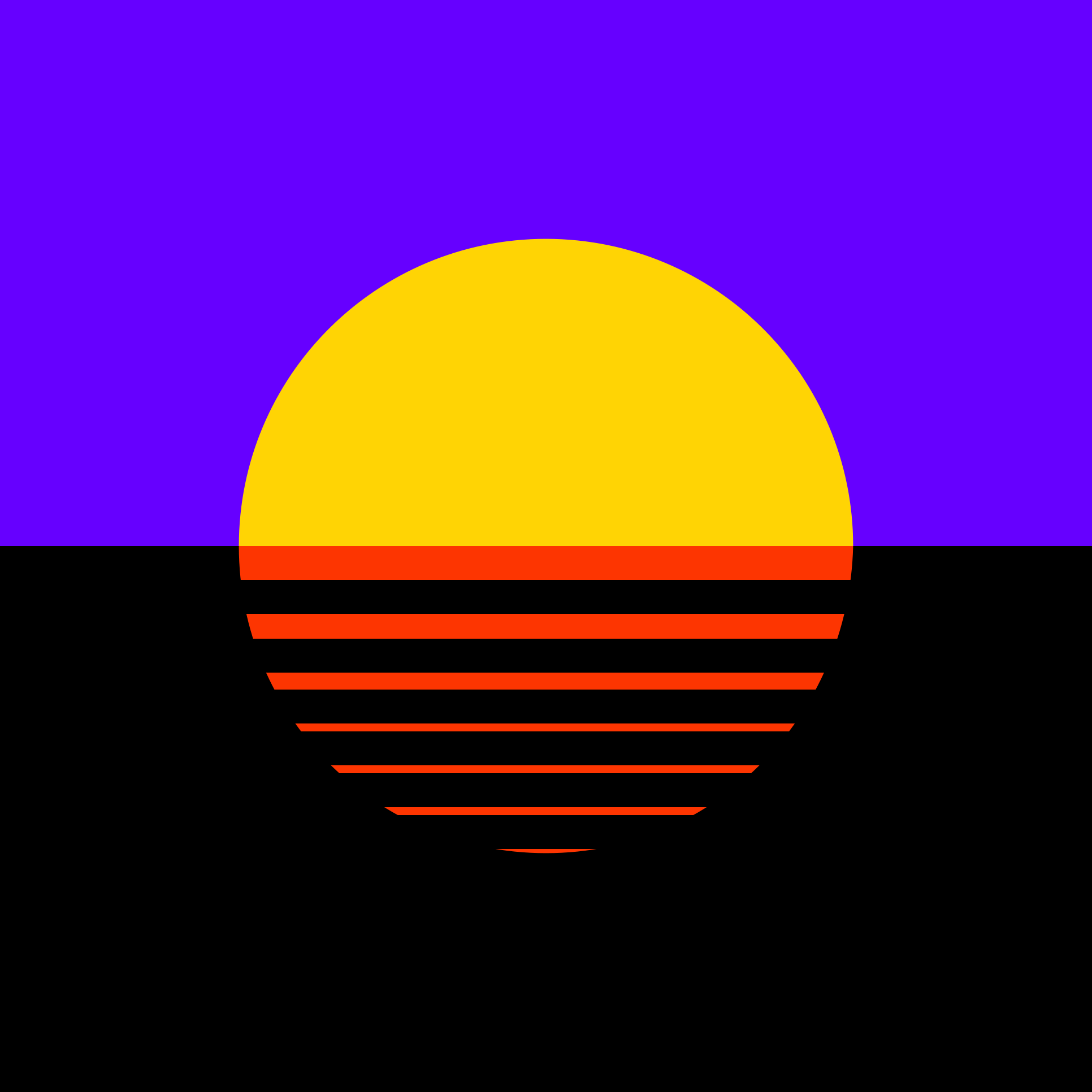The State of UX in 2022
Illustrations by Manoel do Amaral
The past two years have felt like two decades — and the pandemic isn’t over yet.
From rethinking remote work policies to acknowledging the unintended impact of the products we build, designers in 2022 have a unique opportunity to rebuild our practice with a new perspective, incorporating all we’ve learned since the start of the pandemic.
Since we began publishing this yearly report seven years ago, we have challenged ourselves to discuss the design industry beyond visual and tech trends, taking an honest look at the things we need to improve as a field. After curating and sharing articles daily with more than 450k designers around the world, this year we wanted to focus on possibilities. This is the moment to recalibrate and reimagine what it means to be a designer, to design, and to be part of a design community.
Are you ready to rebuild?
